Unraveling the Complexity of the 1988 Sumgait Events: A Historical Perspective
The tragic events that unfolded in Sumgait between February 26-28, 1988, resulted in 32 fatalities, with 26 Armenians and 6 Azerbaijanis among the victims. According to reports, 198 individuals sustained injuries, and 87 of them were admitted to hospitals. The unrest led to the destruction of 60 residences, the burning of 14 vehicles, and damage to 8 others. The glass windows of 16 commercial establishments were shattered, and 17 vehicles belonging to the Ministry of Internal Affairs of the Azerbaijan SSR were destroyed.
Even amid Armenia's groundless territorial claims against Azerbaijan and the expulsion of Azerbaijanis from historically significant regions, numerous Azerbaijani families in Sumgait sheltered Armenians in their homes during the tragic events.
In an article titled "Sumgait Events: As It Happened in History," Member of the National Assembly, Professor Musa Qasimli, shed light on the orchestrators of the violence, particularly Eduard Qriqoryan. Qriqoryan, with a criminal history and a prior 12-year prison sentence for organizing violence, was a key figure. Witnesses confirmed Qriqoryan's involvement, emphasizing that the victims were predominantly Armenians.
Sumgait, chosen as the epicenter of the unrest, prompted questions about its specific selection. Multiple factors contributed, including Sumgait's socio-economic intricacies compared to other Azerbaijani cities.
The events were a reaction to Armenia's provocations, with the intention to maintain pressure on Azerbaijan, assert dominance, and portray Azerbaijanis negatively. The orchestrators aimed to use the events to launch a broader anti-Azerbaijan campaign and legitimize their aggressive policies.
Investigations into the events revealed that attackers had preselected residences, indicating premeditation. The orchestrators, including Qriqoryan, were familiar with the occupants, possessing names, addresses, and ethnic backgrounds beforehand. Planning involved the preparation of video footage for dissemination to various countries.
The motivations behind the violence were multifaceted. The events served Armenia's expansionist agenda, destabilizing Azerbaijan and justifying aggressive policies. The perpetrators sought to create enmity between Azerbaijani and Armenian communities, portraying coexistence as impossible.
The aftermath prompted significant discussions at the Supreme Soviet of the Azerbaijani SSR and the Central Committee of the Communist Party of Azerbaijan. Measures were taken to normalize the situation in Sumgait and stabilize national relations.
Despite Azerbaijan's efforts, Armenia's harsh interventions persisted, resulting in further expulsions of Azerbaijanis. The events underscored the need for a comprehensive understanding of historical complexities, legal and political analysis, and youth awareness regarding the Sumgait tragedy.
Bütün xəbərlər Facebook səhifəmizdə



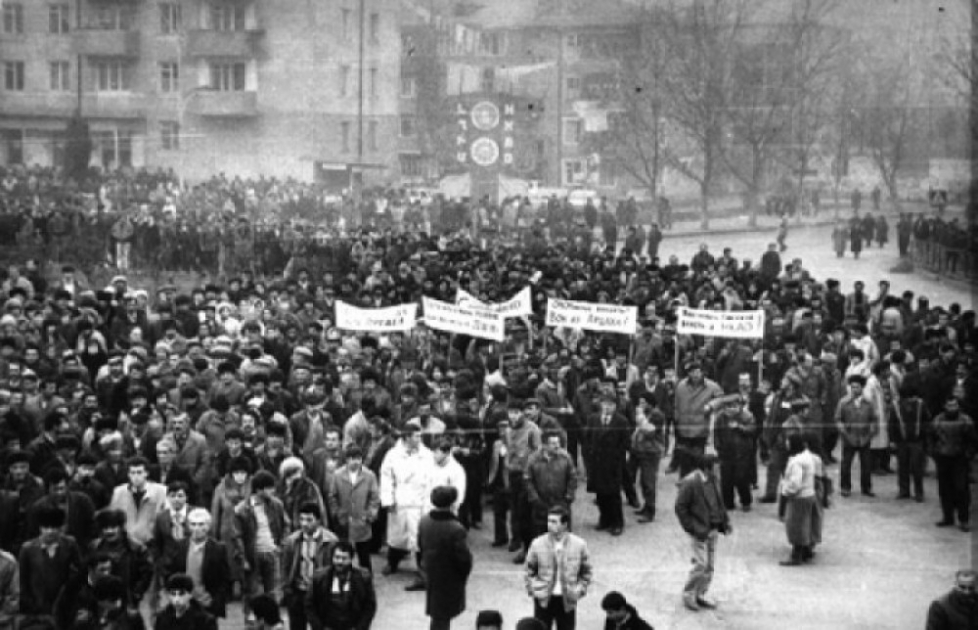



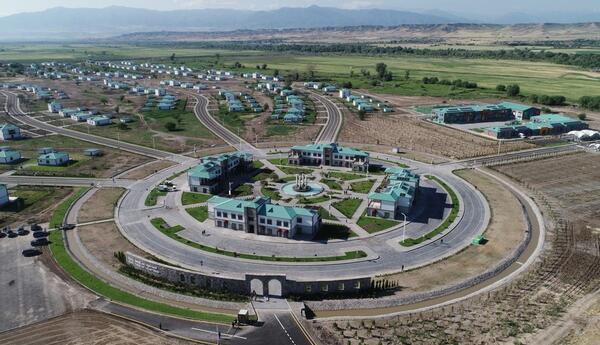


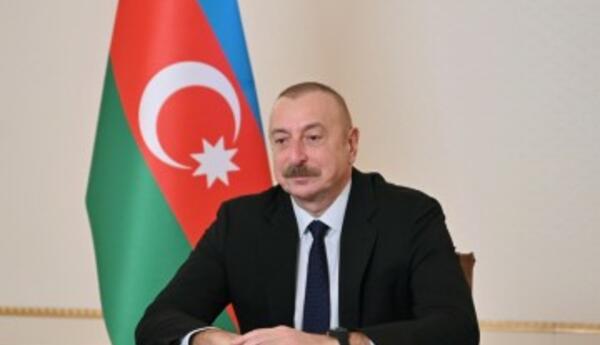


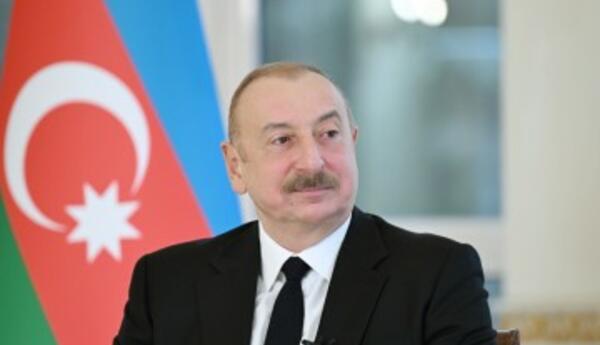
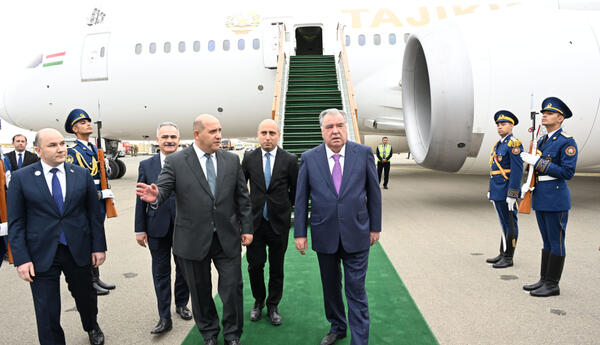
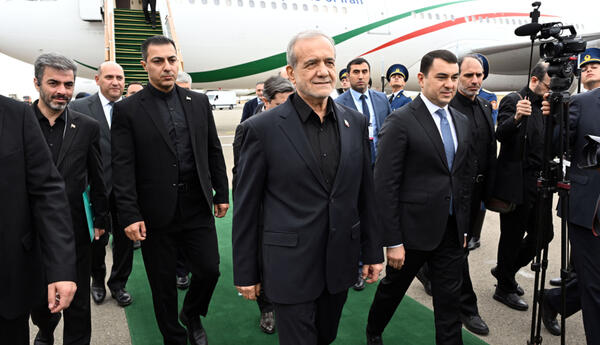
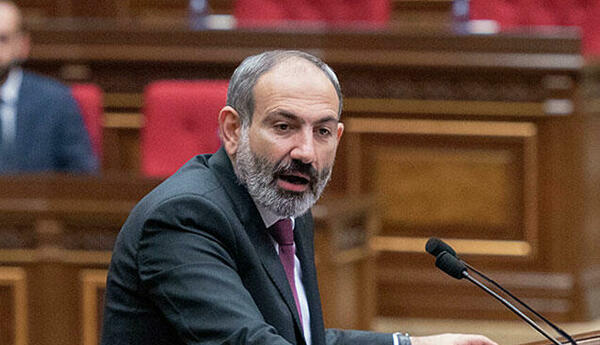





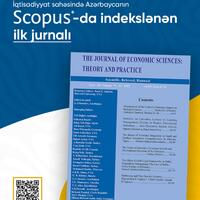




.png)



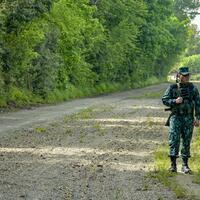
 USD
USD
 EUR
EUR
 GBP
GBP
 RUB
RUB